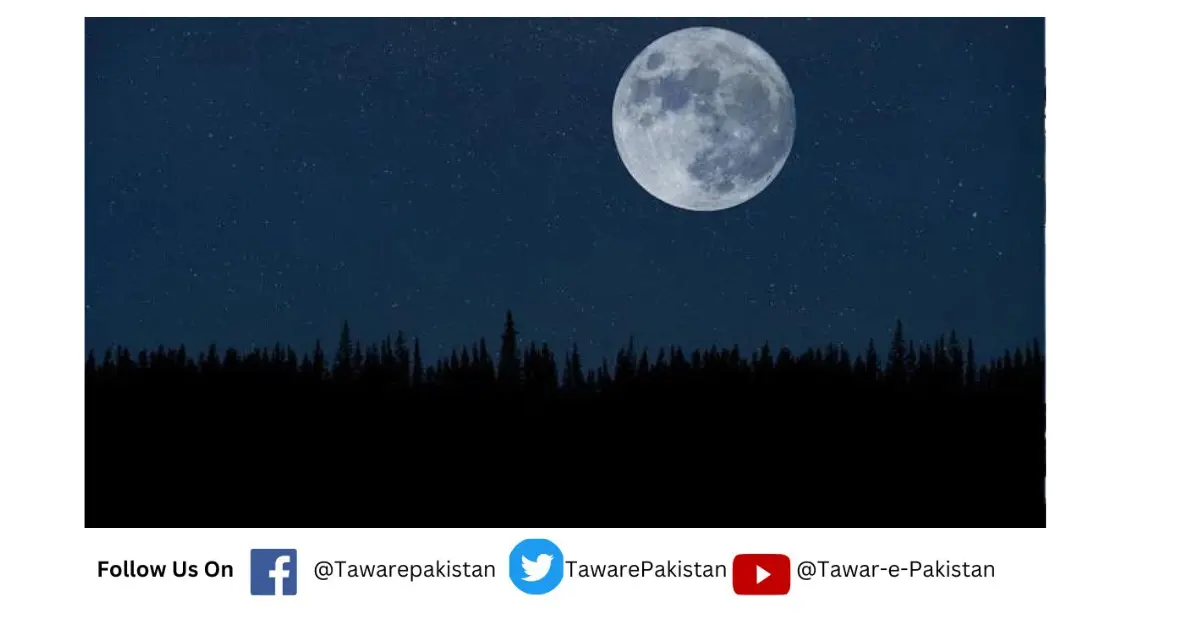Insights on 2023 Winter Solstice: Shortest Day, Longest Night
The winter solstice in the northern hemisphere signifies the shortest day and longest night of the year.
A significant celestial event will unfold On December 21, 2023, at 10:27 pm, as the sun illuminates the Tropic of Capricorn in the southern hemisphere, marking the winter solstice north of the equator and the summer solstice south of it.
This astronomical occurrence signals the official commencement of a season and offers a significant chance to mull over the complexities of life on a planet with a shifted hub.
The winter solstice in the northern half of the globe means the most brief day and longest night of the year, while in the southern side of the equator, it denotes the longest day and shortest night.
This phenomenon is complicatedly attached to Earth’s hub slant of 23.5 degrees, bringing about shifting daylight openness across various areas during the yearly circle around the sun.
Dr Minjae Kim, an Exploration Individual at the College of Warwick, makes sense of that the northern side of the equator slants from the sun during the solstice, making it balance lower overhead.
Conversely, the southern half of the globe encounters a more drawn out span of daylight as the sun positions itself over the Jungle of Capricorn.
The solstice goes about as an essential second in the sun’s clear development, making a short delay and shift in course. The expression “solstice” starts from the Latin “solstitium,” signifying “sun stops,” mirroring the sun’s southernmost point against the scenery of stars.
Because of the solstice, days in the northern half of the globe will progressively protract until arriving at equivalent constantly during the Walk equinox.
The World’s hub slant is the crucial component behind these occasional varieties, impacting temperature contrasts and the length of constantly over time.
While the solstice isn’t generally celebrated, noticing the dawn or nightfall on this day at old locales like Stonehenge gives a substantial association with the galactic occasion.
Moreover, stargazing into the evening can offer fabulous perspectives, with Jupiter showing up in the southeastern night sky.
Looking forward to 2024, dates for equinoxes, solstices, and cross-quarter days are given, offering a brief look into the heavenly schedule achievements that shape how we might interpret time and seasons.


Comments are closed, but trackbacks and pingbacks are open.